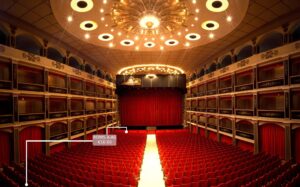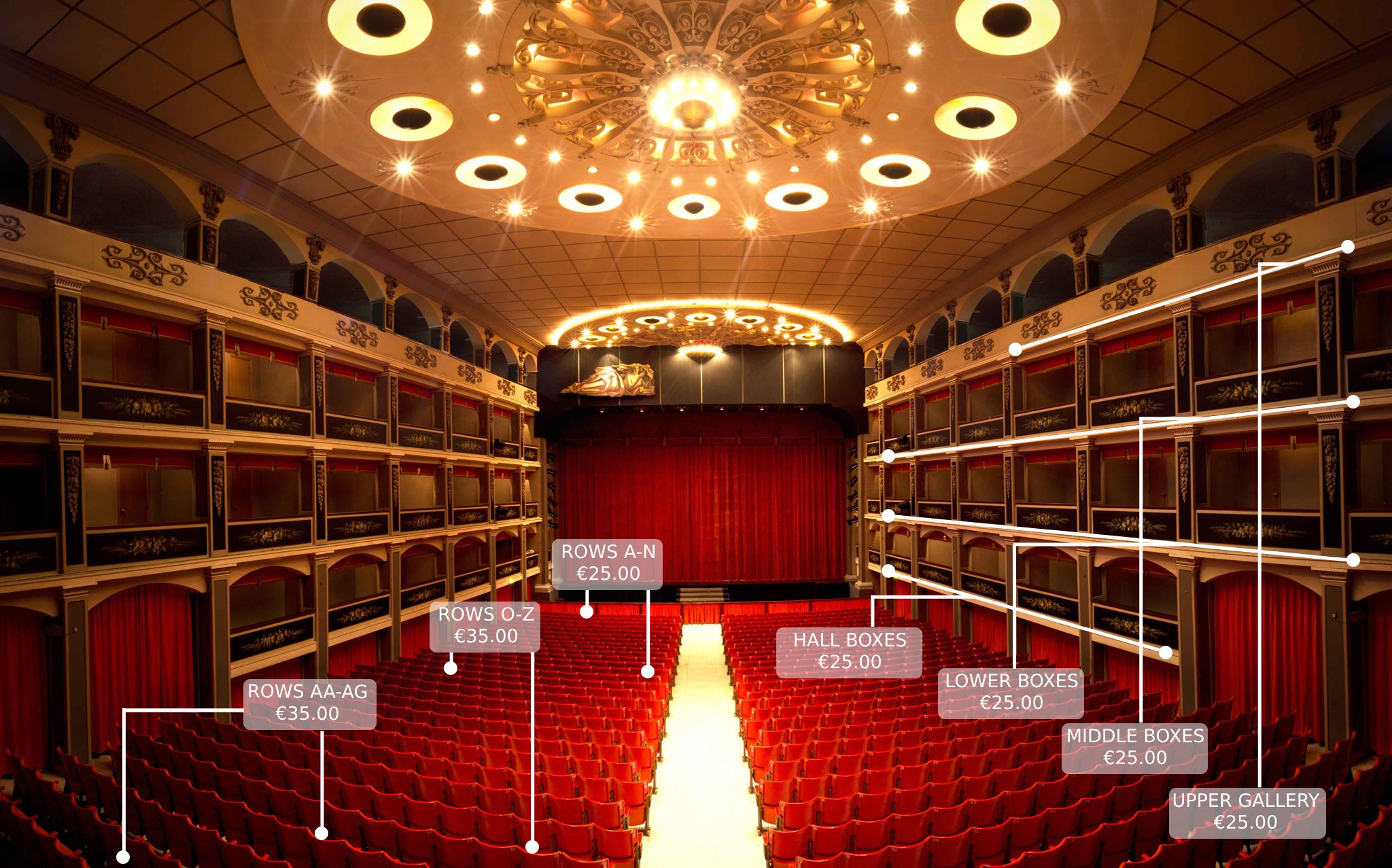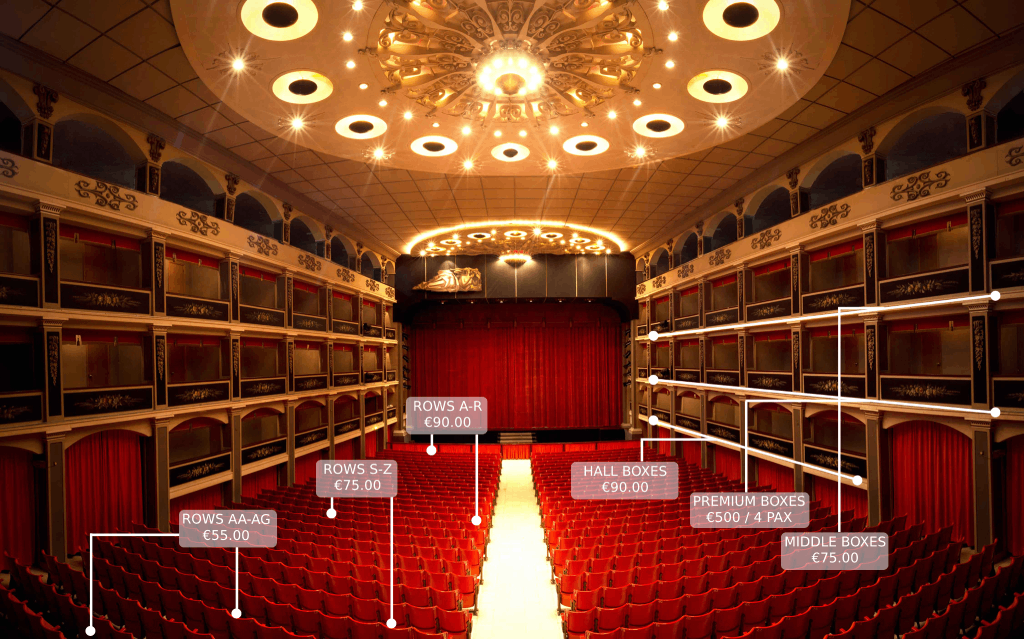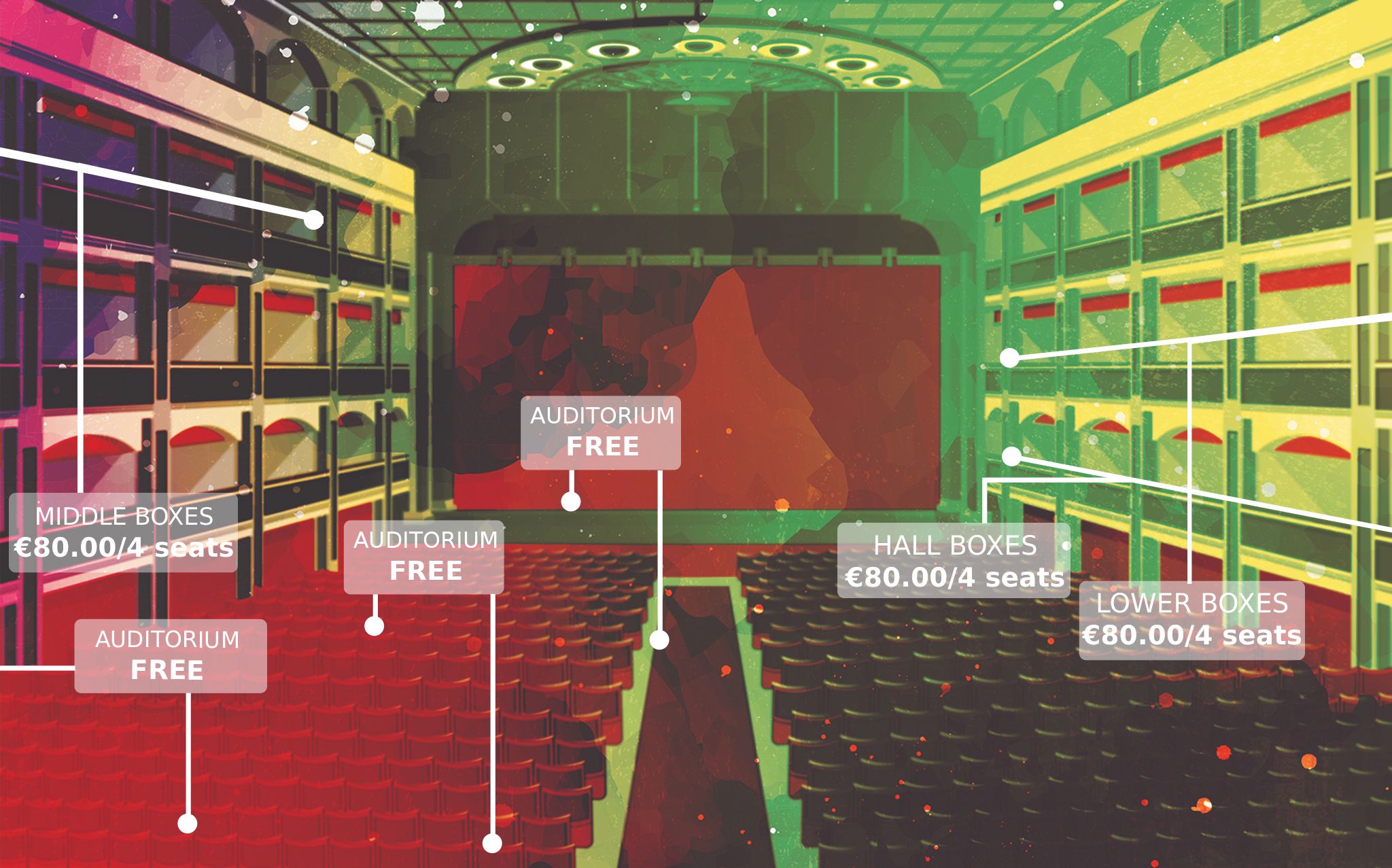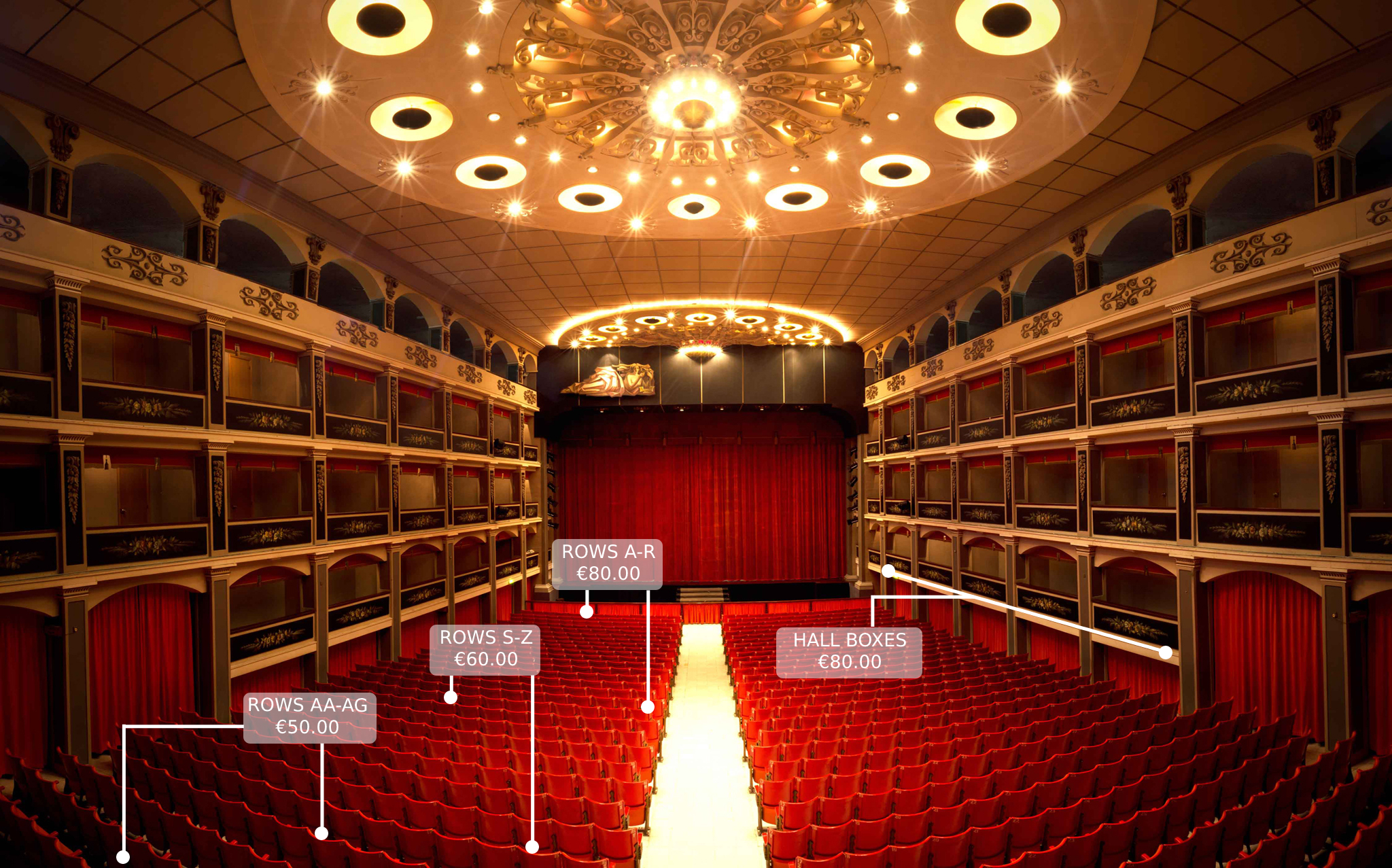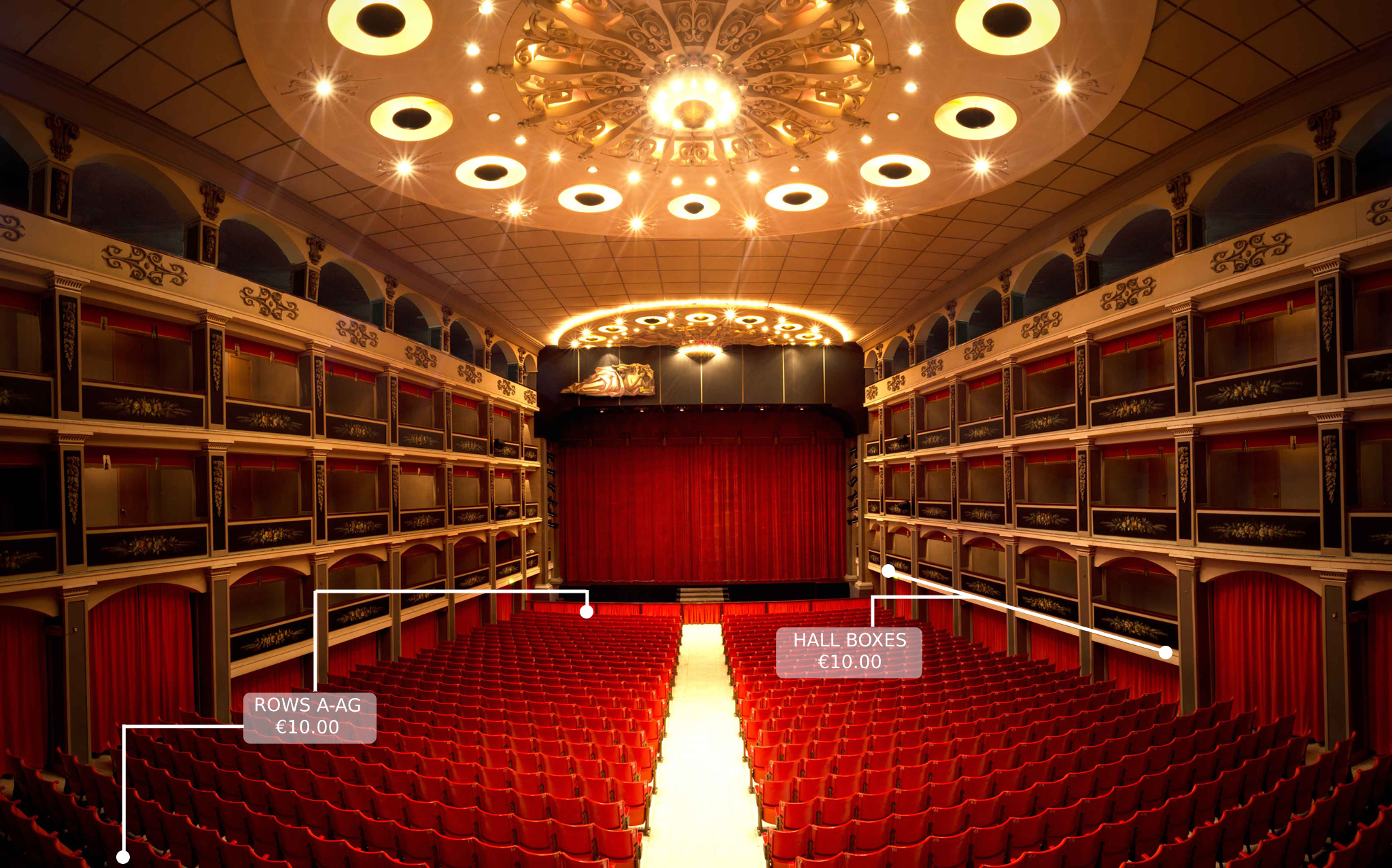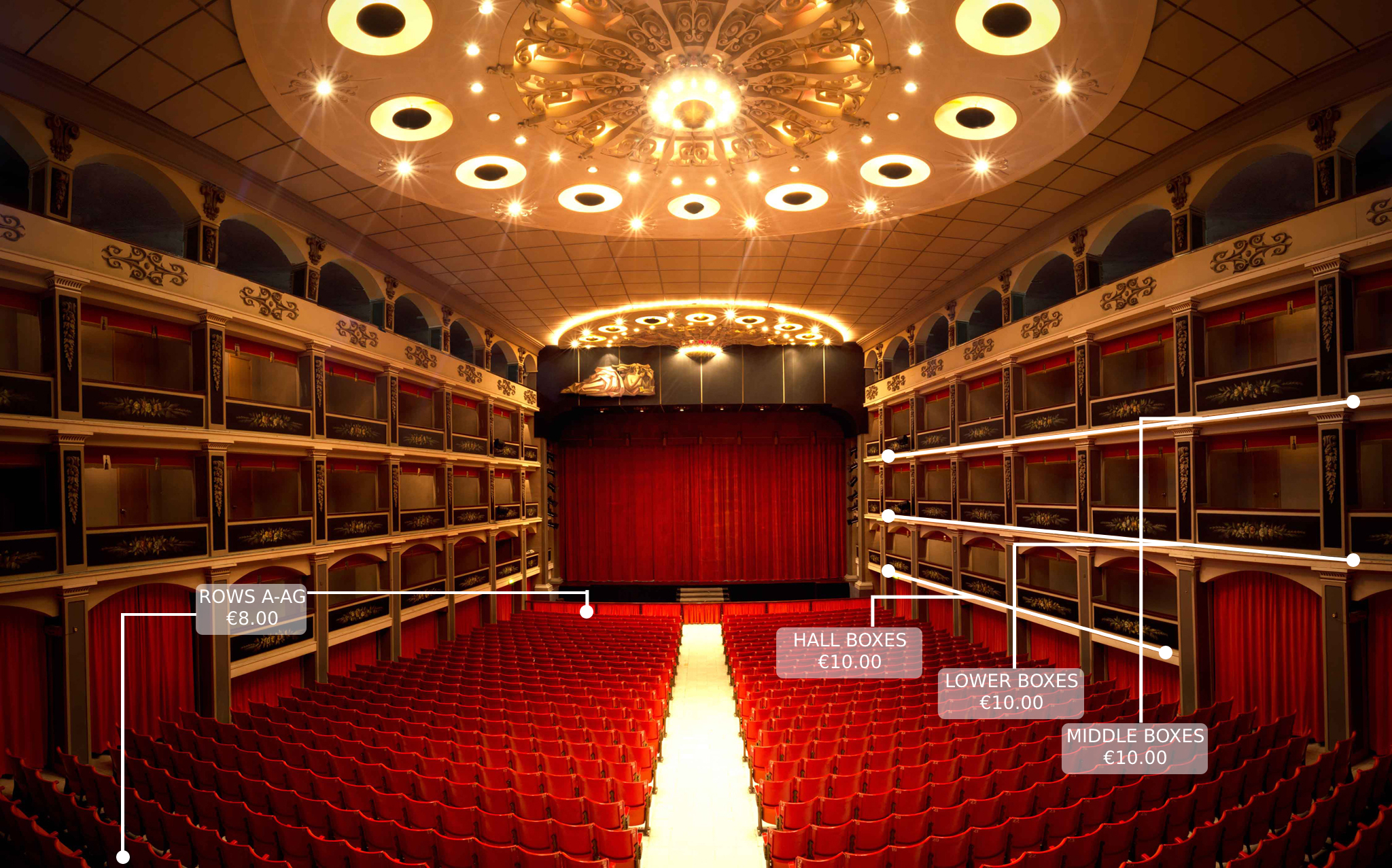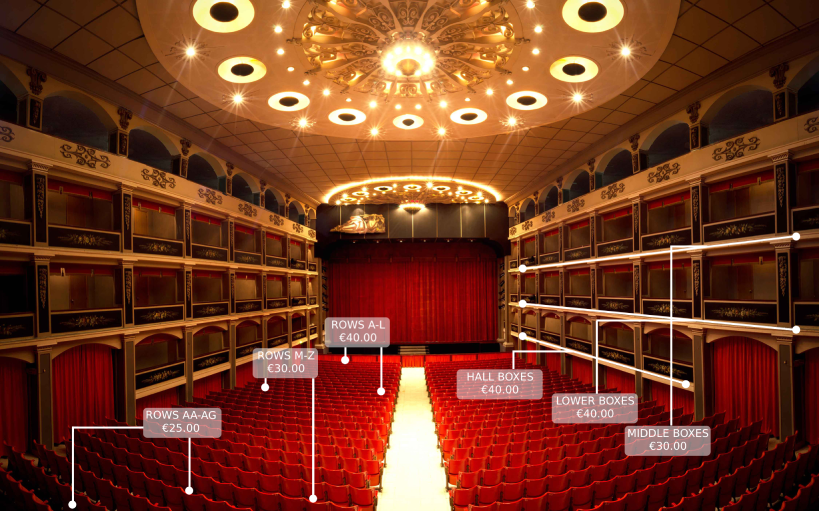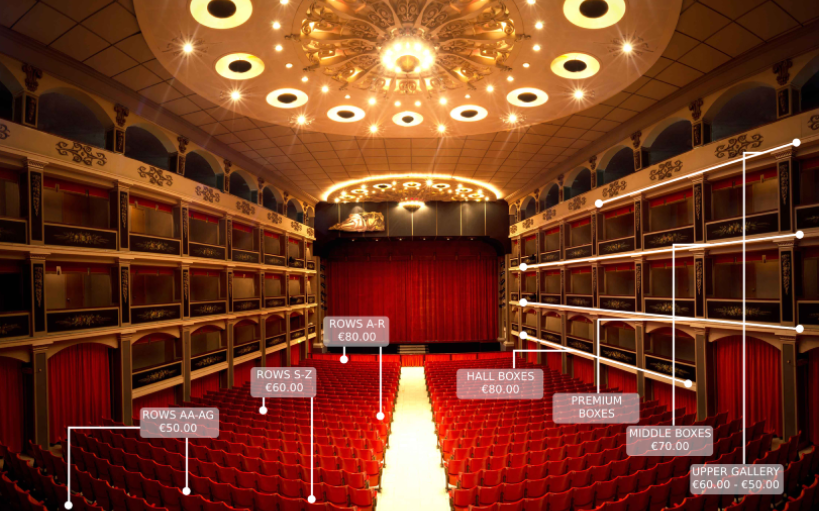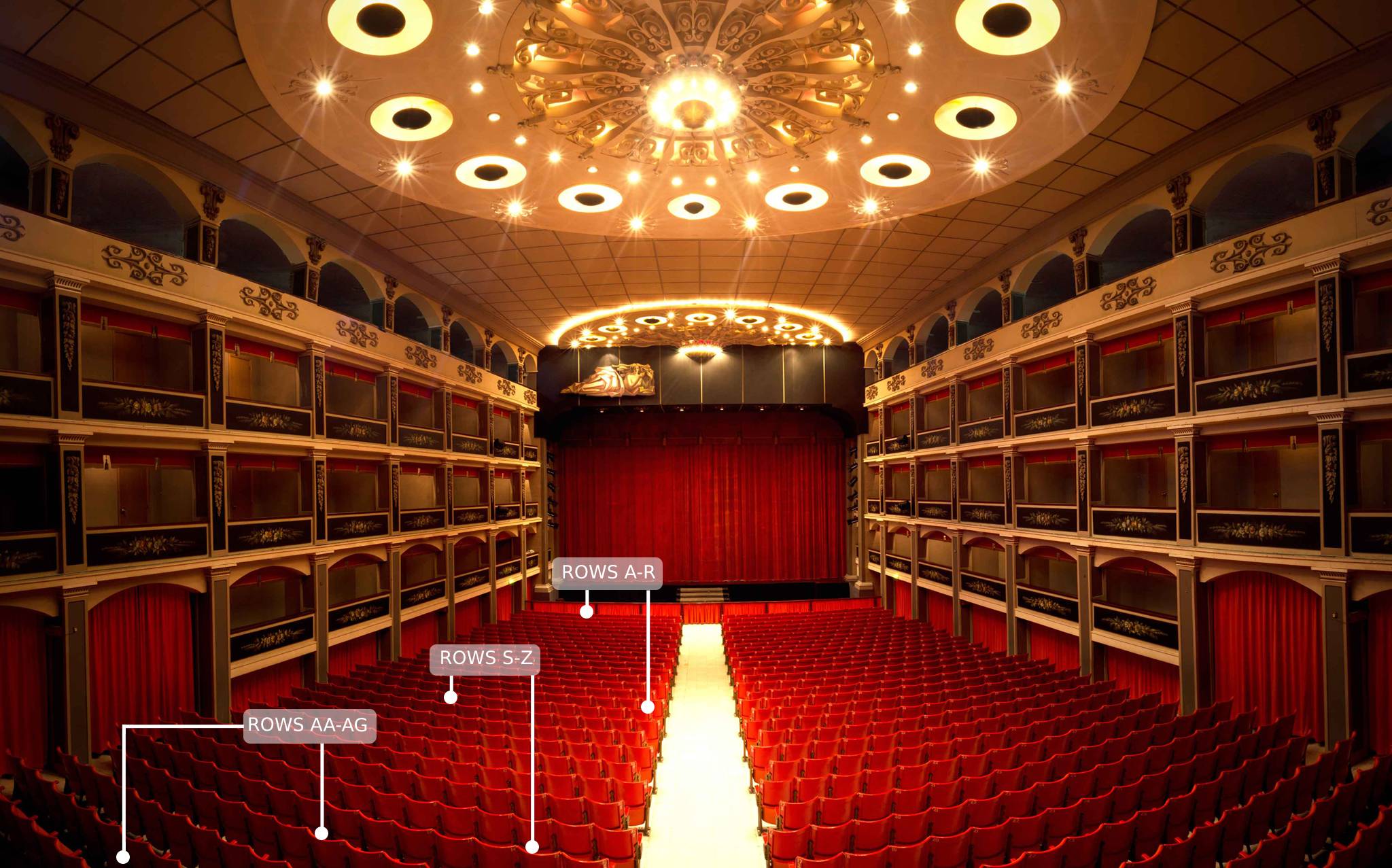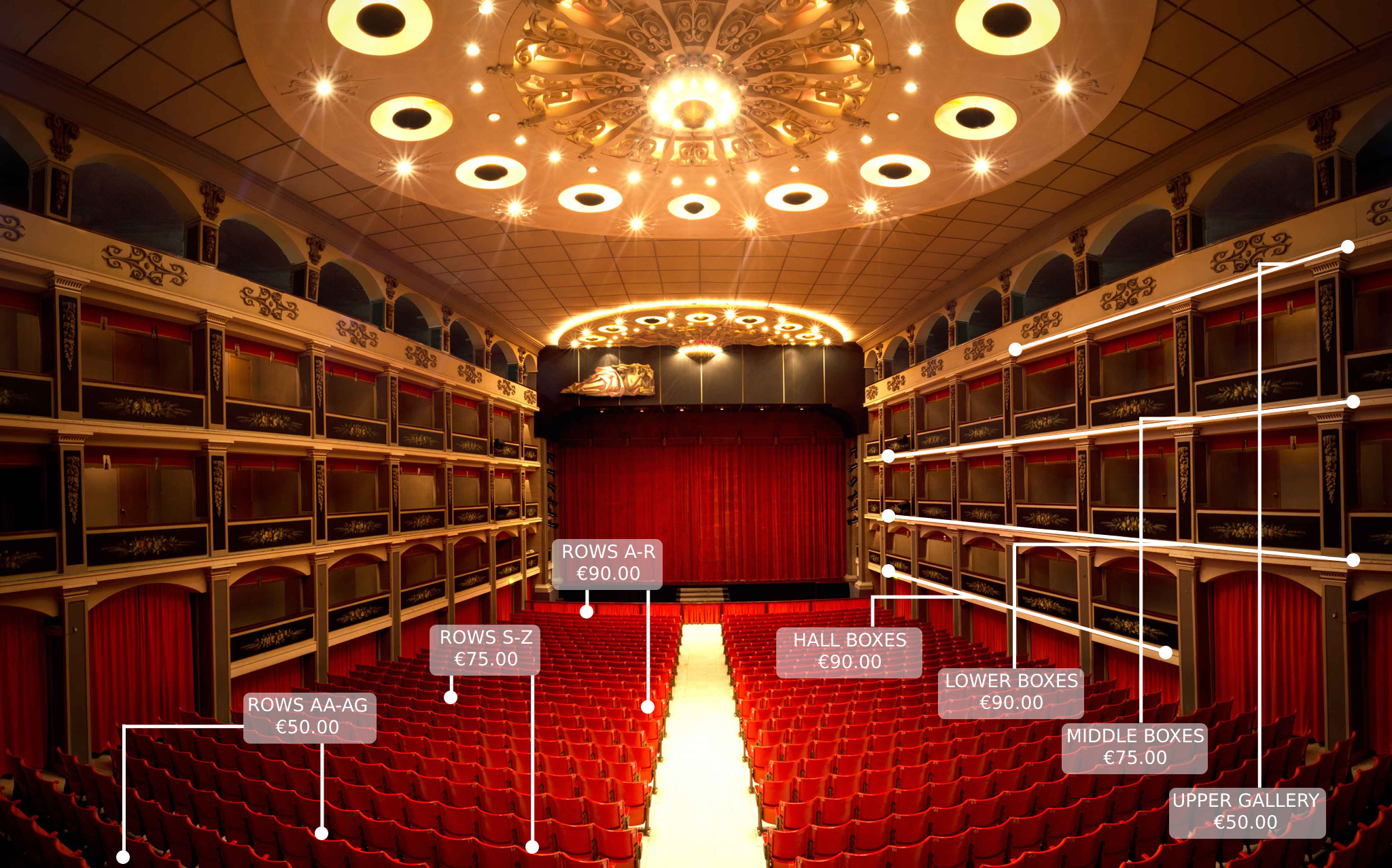Meet the Protagonists
BEETHOVEN 4 BRAHMS | SYMPHONY - 25 FEBRUARY 2023
Ludwig van Beethoven
The Symphony No. 4 in B♭ major, Op. 60, is the fourth-published symphony by Ludwig van Beethoven. It was composed in 1806 and premiered in March 1807 at a private concert in Vienna at the town house of Prince Lobkowitz. The first public performance was at the Burgtheater in Vienna in April 1808.
The symphony in four movements is predominantly genial in tone, and has tended to be overshadowed by the weightier Beethoven symphonies that preceded and followed it – the Third Symphony (Eroica) and the Fifth.
Visiting the Oberglogau house of Count Franz von Oppersdorff, a friend of Beethoven’s patron Prince Lichnowsky, in September 1886, the composer was honoured with a performance of his Second Symphony, written four years earlier. After this, Oppersdorff offered the composer a substantial sum to write a new symphony for him.
Beethoven had been working on what later became his Fifth Symphony, and his first intention may have been to complete it in fulfilment of the Count’s commission. Whatever the reason, this did not happen. The work is dedicated to “the Silesian nobleman Count Franz von Oppersdorff”. Although Oppersdorff had paid for exclusive rights to the work for its first six months, his orchestra did not give the first performance. The symphony was premiered in March 1807 at a private concert in Vienna at the town house of Prince Lobkowitz, another of Beethoven’s patrons. The first public performance was at the Burgtheater in Vienna in April 1808. The orchestral parts were published in March 1809, but the full score was not printed until 1821. The manuscript, which was for a time owned by Felix Mendelssohn, is now in the Berlin State Library.
Johannes Brahms
The Symphony No. 4 in E minor, Op. 98 by Johannes Brahms is the last of his symphonies. Brahms began working on the piece in Mürzzuschlag, then in the Austro-Hungarian Empire, in 1884, just a year after completing his Symphony No. 3. It was premiered on October 25, 1885 in Meiningen, Germany with the composer himself at the helm of the orchestra.
The piece had earlier been given to a small private audience in a version for two pianos, played by Brahms and Ignaz Brüll. Brahms’ friend and biographer Max Kalbeck, reported that the critic Eduard Hanslick, acting as one of the page-turners, exclaimed on hearing the first movement at this performance: “For this whole movement I had the feeling that I was being given a beating by two incredibly intelligent people.” Hanslick, however, wrote also that “[for] the musician, there is not another modern piece so productive as a subject for study. It is like a dark well; the longer we look into it, the more brightly the stars shine back.”
The musicologist Donald Francis Tovey praises the work as “one of the greatest orchestral works since Beethoven,” and singles out the end of the first movement, which “bears comparison with the greatest climaxes in classical music, not excluding Beethoven.”
The symphony is rich in allusions, most notably to various Beethoven compositions. The symphony may well have been inspired by the play Antony and Cleopatra, which Brahms had been researching at the time.
It is divided into four movements and is the only one of Brahms’ four symphonies to end in a minor key. A typical performance lasts about 40 minutes.
Ilyich Rivas
Born in Venezuela, raised in the US, Ilyich, son of conductor Alejandro Rivas made his professional debut at the age of 16 in front of the Atlanta Symphony Orchestra, and has subsequently made successful debuts with a number of important orchestras in Europe, Australia and America.
Ilyich has led performances with the London Philharmonic Orchestra, Swedish Radio Symphony, Royal Stockholm Philharmonic, Prague Philharmonia, Frankfurt Radio Symphony, the Royal Liverpool Philharmonic, Baltimore Symphony Orchestra, Auckland Philharmonia and the Prague Radio Symphony, amongst others. In addition, he has conducted the Verbier Festival Orchestra, the orchestras of London’s Royal College of Music and the Australian National Academy of Music in Melbourne.
Ilyich was assistant conductor with the London Philharmonic Orchestra during the 2012–2013 season and assistant conductor with the Baltimore Symphony Orchestra during the 2009–2011 seasons. As an Opera conductor, Ilyich Rivas was invited by Glyndebourne Touring Opera to conduct Le nozze di Figaro in 2012, and Humperdinck’s Hänsel und Gretel the following season.
In May 2022, he made his debut at the Philharmonie de Paris as guest conductor to conclude the 2021/2022 season of the Orchestre National d’Île-de-France and its tour of France’s Île-de-France region.
He has performed with such artists of international renown as Lang Lang, Stephen Hough, Simon Trpceski, Steven Isserlis, Elisabeth Leonskaja, and Alissa Weilerstein among others.
Malta Philharmonic Orchestra
The Malta Philharmonic Orchestra is recognized as Malta’s foremost musical institution. The orchestra was founded in April 1968, when musicians from the defunct “Commander-in-Chief” (C-in-C) orchestra of the Malta-based British Mediterranean Fleet regrouped as the Manoel Theatre Orchestra. It continued to serve as the theatre’s resident orchestra until September 1997, when it became an independent orchestra, taking up the name National Orchestra of Malta. The orchestra became the MPO in 2008 when it expanded into a full-size symphony orchestra, bringing together the best of Maltese talent and musicians from Europe and beyond.
Joseph Sammut, the C-in-C’s last conductor, was the orchestra’s first conductor, remaining at the helm until 1992. Since then, the orchestra has also been under the direction of Joseph Vella, John Galea, Michael Laus, and Brian Schembri. In 2019, the MPO has appointed Sergey Smbatyan as Principal Conductor, joining Resident Conductor Michael Laus as part of the orchestra’s Artistic Team. The MPO also works with local and international guest conductors and soloists including Lawrence Renes, Michalis Economou, Guy Braunstein, Alexei Volodin, Camilla Tilling, Joseph Calleja, and Enrico Dindo.
As Malta’s leading musical ensemble, the MPO averages more than one performance a week including symphonic concerts, opera productions in Malta and Gozo, community outreach and educational initiatives, as well as various concerts of a lighter nature. The orchestra has performed in leading venues across the globe, including in the United States, Russia, Germany, Austria, China, Italy, and Belgium, and presently embarks on at least one international tour each concert season.
The MPO is a keen exponent of Maltese composers, regularly performing their works in Malta and overseas, as well as frequently premiering and commissioning new compositions.
Programme
PROGRAMME
Ludwig van Beethoven
Symphony No. 4, Op. 60 (35 minutes)
I. Adagio – Allegro vivace
II. Adagio
III. Scherzo-trio: Allegro vivace
IV. Allegro ma non troppo
Johannes Brahms
Symphony No. 4, Op. 98 (40 minutes)
I. Allegro non troppo
II. Andante moderato
III. Allegro giocoso
IV. Allegro energico e passionato
This Performance
25 February 2023
Teatru tal-Opra Aurora
Malta Philharmonic Orchestra
Conductor: Ilyich Rivas


